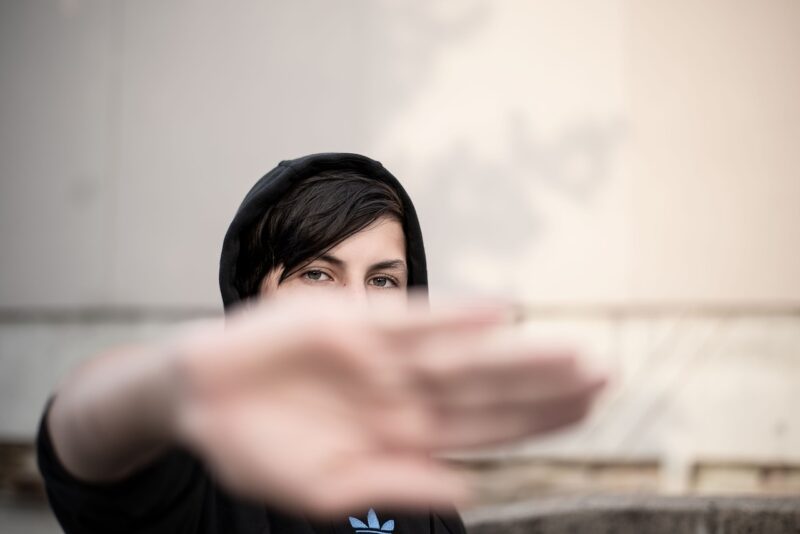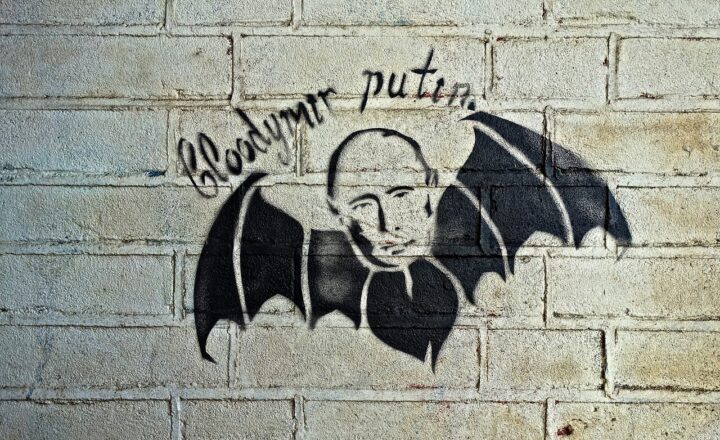The Evolution of Teen Heartthrobs in the 90s: From JTT to Leonardo DiCaprio
November 12, 2024

The 1990s was a revolutionary decade for pop culture, forever changing the landscape of teen idol fandom. From television screens to magazine covers, it felt like every teenager had their own heartthrob, triggering monumental fandoms that spanned generations. In this article, we’ll explore how teen heartthrobs defined a generation, focusing on the iconic figures of the 90s—from Jonathan Taylor Thomas (JTT) to Leonardo DiCaprio—and the cultural shifts that shaped their popularity.
1. The Rise of the Teen Idol
In the early 90s, the concept of a teen idol began to evolve. Gone were the traditional movie stars of the past; in their place, we saw young actors and pop stars dominating the screens. Central to this phenomenon was the explosion of cable television and the emergence of dedicated teen magazines. Shows targeted specifically at teenagers, such as “Full House,” and pop music giants, like the Backstreet Boys and *NSYNC, created a breeding ground for new heartthrobs.
The teen idol was no longer just a pretty face; they had to possess charisma, charm, and the ability to connect with their young audience. This shift opened doors for actors who appealed not only to teen girls but also to boys, creating a more inclusive idol culture.
2. Jonathan Taylor Thomas: The Quintessential Heartthrob
No discussion of 90s heartthrobs can begin without mentioning Jonathan Taylor Thomas. Rising to fame as Randy Taylor on the hit show “Home Improvement,” JTT was the embodiment of the perfect teenage crush. With his tousled hair, boyish charm, and contagious smile, he quickly became a girls’ favorite.
Fans were mesmerized by Thomas as he defined the teenage heartthrob archetype with his relatable persona and wholesome image. JTT took over 90’s teen magazines, landing on covers of Tiger Beat and Bop, where he provided insights into his life, further endearing him to fans.
His popularity wasn’t merely a childhood crush; many young girls held onto their admiration for him well into adulthood. However, JTT’s decision to step back from the spotlight later in his career, choosing education over fame, left many to ponder the real reasons behind the allure of teen idols. Was it the fantasy of youth or the longing for connection?
3. New Kids on the Block: The Boyband Craze
While JTT represented the quintessential teen idol on-screen, the music realm was overflowing with talent, courtesy of various boy bands. The New Kids on the Block (NKOTB) emerged in the late 80s and dominated the early 90s, with their infectious music and captivating choreography. Members like Joey McIntyre and Jordan Knight became heartthrobs, enchanting a massive teenage fan base.
The boyband craze brought with it a different kind of fandom—one fueled by music videos and merchandising. Concerts by boy bands became events filled with intense emotions as fans screamed for their favorite members, showcasing the evolution of the idol as a pop culture phenomenon.
The fusion of music, heartthrob status, and mass media solidified the role of boy bands in shaping 90s teen culture, nurturing the idea that teenage love and admiration could come from a stage.
4. Leonardo DiCaprio: The Brooding Heartthrob
As the decade approached its end, a new wave of heartthrobs appeared, and none were more iconic than Leonardo DiCaprio. His breakout role in “What’s Eating Gilbert Grape” showcased his talent, but it was his portrayal of Jack Dawson in James Cameron’s “Titanic” that truly cemented his status as a heartthrob.
DiCaprio was different from his predecessors; he embodied a deeper, more brooding complexity that resonated with fans. Unlike the wholesome images of earlier heartthrobs, Leo was a chameleon, blending vulnerability with irresistible charm. He felt real, and his emotional depth made the fantasy of teenage love more accessible and relatable.
The iconic poster of DiCaprio, gazing wistfully, adorned many teenage bedroom walls. He became a symbol of why fans often gravitate towards certain idols: a desire for connection, fantasy, and a bit of escapism.
5. The Impact of Television and Film in Shaping Teen Aesthetics
Television and film played an essential role in shaping the aesthetics of the 90s teen heartthrob. Key shows like “Baywatch” and movies like “Clueless” influenced not just fashion choices among youth but also the traits that defined the ideal teen crush. Teen heartthrobs became synonymous with stylish clothing, perfect hair, and often unattainable lifestyles.
Fashion items like flannel shirts and chokers that they wore created trends that influenced entire generations. Magazines propagated their styles, with fans eager to replicate their idols’ looks. This confirmed that the teen idol of the 90s was not only an entertainer but also a cultural influencer, shaping how young audiences dressed, acted, and viewed themselves.
6. Lasting Legacy of 90s Heartthrobs
The legacy of the 90s teen heartthrobs endures in the contemporary pop culture landscape. The ways in which they shaped societal norms around ideas of love, attraction, and fandom are still relevant today. The influence of icons like JTT and Leonardo DiCaprio can be seen in modern heartthrobs like Timothée Chalamet and Harry Styles, who fuse vulnerability with charisma.
Moreover, the lesson that comes from this era revolves around genuine connections through shared experiences with idols, whether through being moved by a scene in a movie or singing along to a song. The nostalgia for 90s heartthrobs has made revivals in fan culture a common occurrence, with die-hard fans recalling the rush of emotions connected to their youth.
Conclusion
The evolution of teen heartthrobs from JTT to Leonardo DiCaprio is more than a mere journey through fandom; it encapsulates a pivotal cultural moment in the 90s, highlighting how youth culture can shape social narratives. As we reflect on this era, it becomes evident that these heartthrobs were not just entertainers but symbols of hope, connection, and idealistic fantasies for a generation. Their impact resonates deeply, emphasizing the timeless nature of admiration, desire, and the nuanced complexities of growing up.
Allowing young people to dream and feel, 90s heartthrobs created a lasting legacy that continues to influence modern pop culture, keeping the spirit of teenage dreams alive.






